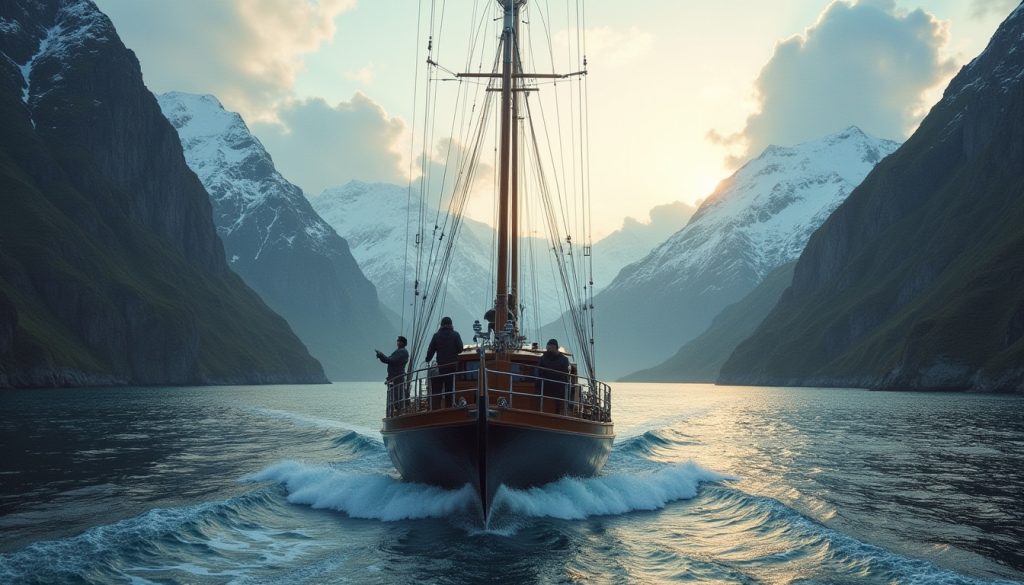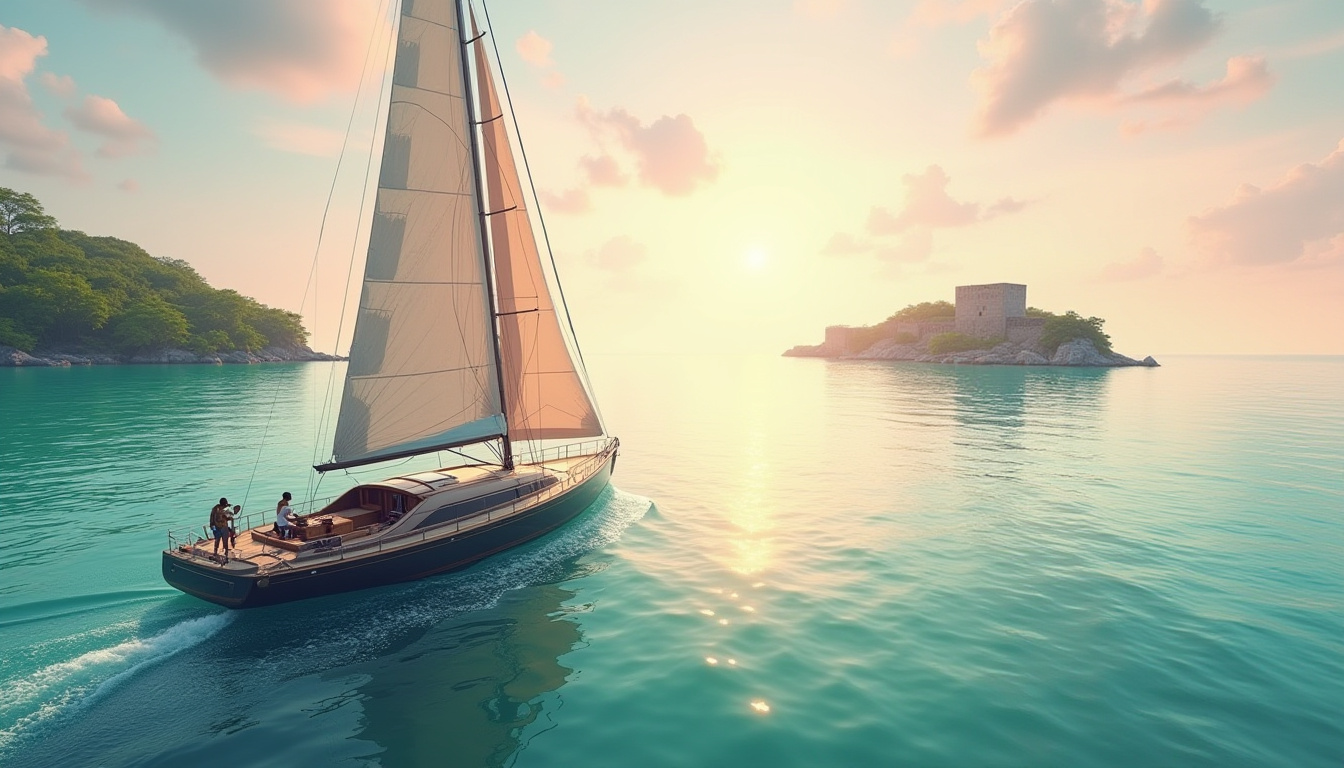The Star Ferry, historická ikona Hongkongu, nabízí nadčasovou cestu přes Victoria Harbour, spojující Tsim Sha Tsui a Central. Od roku 1888 je tato trajektová služba milovanou součástí námořního dědictví města, poskytující cenově dostupné a malebné plavby. Pro místní i turisty je Star Ferry atrakcí, kterou je nutné zažít, spojující historii s úchvatnými výhledy na panorama Hongkongu. Prozkoumejme její odkaz a přitažlivost.
Historická námořní tradice
Star Ferry začal jako skromná služba, přepravující cestující přes Victoria Harbour v Hongkongu. Dnes provozuje flotilu 12 dvoupatrových trajektů, z nichž každý má jméno po hvězdě, například Morning Star nebo Celestial Star. Zeleno-bílá barva trajektu je okamžitě rozpoznatelná a stala se symbolem námořní kultury Hongkongu.
Společnost Star Ferry působí více než století a přepravila miliony cestujících a nabízí rychlý 10minutový přechod mezi Tsim Sha Tsui a Central. Její role v každodenním životě Hongkongu a v cestovním ruchu z ní činí milovanou součást historie Viktorie Harbour.
Krajinné výhledy a zážitky
Plavba Star Ferry nabízí bezkonkurenční výhledy na panorama Hongkongu, od mohutného IFC až po živou promenádu Tsim Sha Tsui. Horní paluba poskytuje venkovní posezení, ideální pro zachycení krásy Victoria Harbour během denních i nočních plavby. Dostupnost trajektu, s jízdným pod $1 USD, z něj činí přístupný pro všechny.
Cestující si mohou užívat vánku a sledovat trajekty plující po přístavu, což představuje klidnou kontrast k rušným ulicím Hongkongu. Krátká, ale malebná cesta Star Ferry zůstává vrcholem zážitků pro návštěvníky, kteří prozkoumávají Tsim Sha Tsui nebo Central.
Kulturní význam v Hongkongu
Star Ferry je víc než jen způsob dopravy; je to kulturní ikona v Hong Kongu. Objevil se ve filmech, knihách a fotografii a ztělesňuje námořní ducha města. Trasa trajektu Viktoriiným přístavem spojuje klíčové čtvrti, čímž se stává důležitým spojením pro dojíždějící i turisty.
Roční akce, jako je Hong Kong Harbour Festival, oslavují dědictví Star Ferry lodními průvody a světelnými show. Jeho trvalá přítomnost v Tsim Sha Tsui a Central podtrhuje jeho roli milované symbolu identity Hong Kongu.
Praktické informace pro cestovatele
Star Ferry provozuje denně s častými trajekty z Tsim Sha Tsui do Central a dalších tras, jako je Wan Chai. Jízdní řády, dostupné na webových stránkách Star Ferry, zajišťují snadné plánování. Jízdenky se kupují na přístavech, přijímá se hotovost nebo karty Octopus, což z trajektu činí praktickou možnost v Hongkongu.
Moly v Tsim Sha Tsui a Central jsou v blízkosti hlavních atrakcí, jako je Avenue of Stars a IFC Mall. Dostupnost a nízká cena trajektu Star Ferry z něj činí perfektní doplněk k jakémukoli itineráři Victoria Harbour.

Proč si vybrat Star Ferry?
Star Ferry vyniká svou kombinací historie, dostupnosti a nádherných výhledů. Její krátká cesta přes Victoria Harbour nabízí jedinečnou perspektivu na panorama Hongkongu, která oslovuje jak místní obyvatele, tak turisty. Ikonický status trajektu a jeho role v kulturní scéně Tsim Sha Tsui z něj dělají nezbytnou zkušenost.
Na rozdíl od moderní dopravy nabízí Star Ferry nostalgickou cestu, která propojuje cestující s minulostí Hongkongu. Jeho spolehlivost a kouzlo zajišťují, že zůstane jednou z hlavních atrakcí ve Victoria Harbour.
Plánování jízdy Star Ferry
Jízda na Star Ferry je jednoduchá, s přístavišti v Tsim Sha Tsui a Central snadno dostupnými veřejnou dopravou. Denní plavby nabízejí jasné výhledy na obzor, zatímco večerní přejezdy předvádějí osvětlenou přístavní oblast Hongkongu. Webové stránky trajektu poskytují jízdní řády a informace o cenách, čímž zajišťují bezproblémový zážitek.
Návštěvníci si mohou spojit plavbu Star Ferry s nedalekými atrakcemi, jako je Hong Kong Observation Wheel nebo muzea v Tsim Sha Tsui. Krátká doba trvání plavby z ní činí ideální aktivitu pro jakýkoli program v Hongkongu.
Dědictví námořního kouzla
Od svého vzniku je Star Ferry základním kamenem námořního dědictví Hongkongu. Jeho trvalá přitažlivost, od trajektových spojení přes Victoria Harbour až po jeho roli v kultuře Tsim Sha Tsui, okouzlí cestovatele. Jako symbol Hongkongu Star Ferry stále září a nabízí nadčasovou cestu pro všechny, kteří se nalodí.

 Star Ferry: Hong Kong’s Iconic Maritime Journey">
Star Ferry: Hong Kong’s Iconic Maritime Journey">
